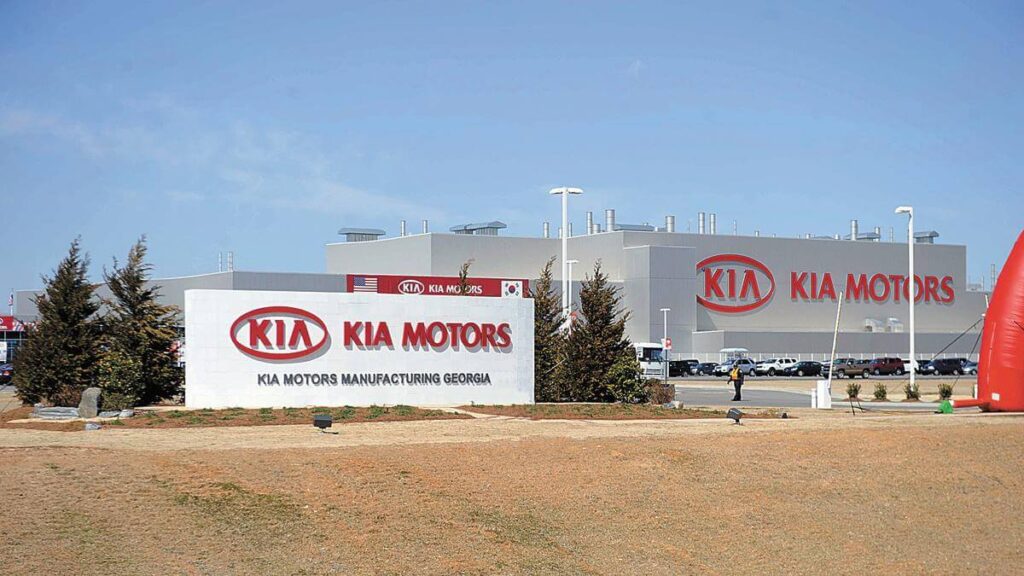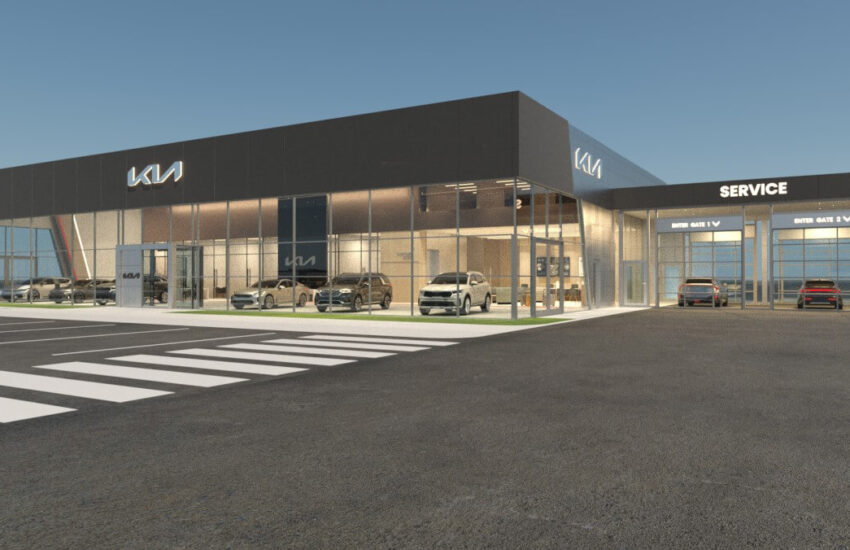In the world of automotive innovation and excellence, few companies have carved a path as remarkable as Kia Motors Corporation. From its humble beginnings to its current status as a global automotive powerhouse, Kia’s journey is a testament to dedication, innovation, and perseverance. In this blog post, we will embark on a historical journey through the captivating story of Kia Motors, tracing its origins, milestones, and its emergence as a major player in the automotive industry.
The Genesis
Kia’s story began in South Korea in December 1944 when a small steel tubing and bicycle parts manufacturer called Kyungsung Precision Industry was founded. At the time, South Korea was in the midst of recovering from the devastation of World War II and was far from the automotive powerhouse it would later become. The company’s founder, Chul-Ho Kim, initially focused on bicycle parts, steel tubing, and handmade bicycles, but he harbored grand aspirations of entering the automotive industry.
The First Steps
In 1952, Kyungsung Precision Industry took its first significant step towards becoming an automotive manufacturer by producing the country’s first bicycle, named the “Samchully.” This marked a pivotal moment in the company’s history, as it laid the foundation for what would eventually become Kia Motors.
By 1957, the company had rebranded as Kia Industries and expanded its operations by producing South Korea’s first motorcycle, known as the “Cub.” Kia was gaining a reputation for quality and innovation, laying the groundwork for its future endeavors.
The Automotive Ascent
The 1960s and 1970s saw Kia making significant strides in the automotive industry. In 1961, Kia introduced its first passenger car, the “Kia 1000.” This compact sedan was a milestone for the company, making it one of the few Asian automakers to produce its cars at the time.
During this period, Kia established partnerships with international automakers, including Mazda and Ford, to gain access to advanced technology and expand its product lineup. This collaboration led to the production of several successful models, such as the Kia Brisa, which was based on the Mazda Familia, and the Ford Festiva, rebadged as the Kia Pride.
The Dark Days
While Kia was making progress, the late 1990s presented the company with significant challenges. The Asian financial crisis in 1997 led to a sharp decline in South Korea’s economy, and Kia was severely affected. The company was on the brink of bankruptcy, facing debts of billions of dollars.
However, a lifeline came in the form of Hyundai Motor Company, which acquired a significant stake in Kia in 1998. This merger, although initially met with skepticism, would ultimately prove to be pivotal in Kia’s resurgence.
The Renaissance
Under Hyundai’s ownership, Kia underwent a transformation. The two companies retained their separate identities and continued to operate independently, but they shared resources and expertise, which benefited both. Kia’s design language evolved, and the company started producing vehicles that were not only reliable but also stylish and innovative.
One of the turning points for Kia came in 2006 with the appointment of Peter Schreyer, a renowned automotive designer, as the company’s Chief Design Officer. Schreyer’s influence on Kia’s design philosophy was profound, resulting in vehicles like the Kia Optima, later renamed the Kia K5, and Kia Sportage, which garnered widespread acclaim for their aesthetics.
The Global Expansion
As the 21st century unfolded, Kia embarked on an ambitious mission to become a global automotive brand. The company expanded its reach to various markets, establishing a presence in Europe, North America, and beyond. Kia’s commitment to quality, affordability, and innovation resonated with consumers worldwide.

One of Kia’s most significant achievements during this period was the construction of manufacturing facilities in the United States. In 2009, Kia Motors Manufacturing Georgia (KMMG) began production, making Kia the first Korean automaker to manufacture vehicles in the United States. This move not only enhanced Kia’s standing in the American market but also created jobs and contributed to the local economy.
Electric Dreams
As the automotive industry shifted towards sustainability and environmental consciousness, Kia was quick to adapt. The company introduced a range of hybrid and electric vehicles, including the Kia Niro EV and the Niro Plug In Hybrid. These eco-friendly models demonstrated Kia’s commitment to reducing its carbon footprint and providing consumers with greener alternatives.
Kia’s dedication to electric mobility culminated in the release of the Kia EV6 in 2021. The EV6, built on the Electric-Global Modular Platform (E-GMP), showcased cutting-edge technology, exceptional range, and a design that pushed the boundaries of electric vehicle aesthetics. It marked Kia’s entry into the electric vehicle market in style.
Additionally, the 2024 Kia EV9 will go on sale in the U.S. in the fourth quarter of 2023. The 2024 Kia EV9 will seat two in the first row and two in the third row. A three-across bench seat will be standard, making it a seven-seat fully electric SUV.

The Road Ahead
Today, Kia Motor Company stands as a symbol of resilience, innovation, and global success. The company’s journey from a small bicycle parts manufacturer to a major player in the automotive industry is nothing short of remarkable. Kia’s commitment to quality, design, and sustainability continues to drive its success, and it remains a prominent choice for consumers worldwide.
Wrapping It Up
The history of Kia Motor Company is a testament to the power of determination and adaptability. From its modest beginnings as a bicycle parts manufacturer to its current status as a global automotive giant with almost 20 vehicles in the Kia model lineup, Kia’s journey has been characterized by innovation, collaboration, and a relentless pursuit of excellence. As we look ahead to the future of Kia, one can only imagine the exciting innovations and milestones that await on the road ahead.
AutoByPayment.com offers accurate estimates of new and used car loan payments based on self-selected credit score, current rebates, down payment, and trade equity or negative equity, without customers having to provide their personal identifying information such as email and phone.
